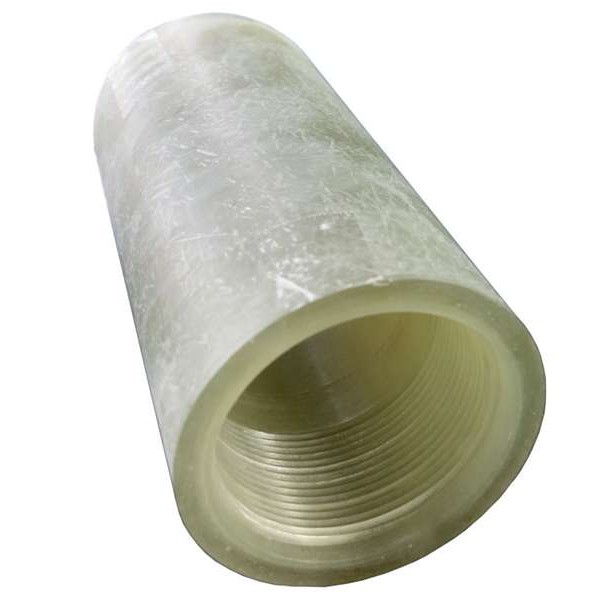
-
 Afrikaans
Afrikaans -
 Albanian
Albanian -
 Amharic
Amharic -
 Arabic
Arabic -
 Armenian
Armenian -
 Azerbaijani
Azerbaijani -
 Basque
Basque -
 Belarusian
Belarusian -
 Bengali
Bengali -
 Bosnian
Bosnian -
 Bulgarian
Bulgarian -
 Catalan
Catalan -
 Cebuano
Cebuano -
 China
China -
 China (Taiwan)
China (Taiwan) -
 Corsican
Corsican -
 Croatian
Croatian -
 Czech
Czech -
 Danish
Danish -
 Dutch
Dutch -
 English
English -
 Esperanto
Esperanto -
 Estonian
Estonian -
 Finnish
Finnish -
 French
French -
 Frisian
Frisian -
 Galician
Galician -
 Georgian
Georgian -
 German
German -
 Greek
Greek -
 Gujarati
Gujarati -
 Haitian Creole
Haitian Creole -
 hausa
hausa -
 hawaiian
hawaiian -
 Hebrew
Hebrew -
 Hindi
Hindi -
 Miao
Miao -
 Hungarian
Hungarian -
 Icelandic
Icelandic -
 igbo
igbo -
 Indonesian
Indonesian -
 irish
irish -
 Italian
Italian -
 Japanese
Japanese -
 Javanese
Javanese -
 Kannada
Kannada -
 kazakh
kazakh -
 Khmer
Khmer -
 Rwandese
Rwandese -
 Korean
Korean -
 Kurdish
Kurdish -
 Kyrgyz
Kyrgyz -
 Lao
Lao -
 Latin
Latin -
 Latvian
Latvian -
 Lithuanian
Lithuanian -
 Luxembourgish
Luxembourgish -
 Macedonian
Macedonian -
 Malgashi
Malgashi -
 Malay
Malay -
 Malayalam
Malayalam -
 Maltese
Maltese -
 Maori
Maori -
 Marathi
Marathi -
 Mongolian
Mongolian -
 Myanmar
Myanmar -
 Nepali
Nepali -
 Norwegian
Norwegian -
 Norwegian
Norwegian -
 Occitan
Occitan -
 Pashto
Pashto -
 Persian
Persian -
 Polish
Polish -
 Portuguese
Portuguese -
 Punjabi
Punjabi -
 Romanian
Romanian -
 Russian
Russian -
 Samoan
Samoan -
 Scottish Gaelic
Scottish Gaelic -
 Serbian
Serbian -
 Sesotho
Sesotho -
 Shona
Shona -
 Sindhi
Sindhi -
 Sinhala
Sinhala -
 Slovak
Slovak -
 Slovenian
Slovenian -
 Somali
Somali -
 Spanish
Spanish -
 Sundanese
Sundanese -
 Swahili
Swahili -
 Swedish
Swedish -
 Tagalog
Tagalog -
 Tajik
Tajik -
 Tamil
Tamil -
 Tatar
Tatar -
 Telugu
Telugu -
 Thai
Thai -
 Turkish
Turkish -
 Turkmen
Turkmen -
 Ukrainian
Ukrainian -
 Urdu
Urdu -
 Uighur
Uighur -
 Uzbek
Uzbek -
 Vietnamese
Vietnamese -
 Welsh
Welsh -
 Bantu
Bantu -
 Yiddish
Yiddish -
 Yoruba
Yoruba -
 Zulu
Zulu
frp shell
Understanding the FRP Shell A Modern Solution for Structural Applications
Fiber-reinforced polymer (FRP) materials have revolutionized the construction and manufacturing industries due to their unique properties. Among various forms of FRP, FRP shells have emerged as a popular option for a wide array of applications, ranging from building components to automotive parts. This article explores the characteristics, benefits, and applications of FRP shells, elucidating why they are considered a modern solution for structural applications.
What are FRP Shells?
FRP shells are lightweight, strong structures made by combining a polymer matrix with reinforcing fibers, typically glass, carbon, or aramid. These shells can be molded into various shapes, enhancing their versatility. Their design allows for seamless integration into architectural projects or engineering systems, providing both aesthetic appeal and functional strength.
Advantages of FRP Shells
1. Lightweight One of the primary advantages of FRP shells is their low weight compared to traditional materials like steel or concrete. This property can significantly reduce structural loads, leading to savings in foundational costs and making them easier to transport and install.
2. High Strength-to-Weight Ratio Despite their lightweight nature, FRP shells boast high tensile and compressive strength. This characteristic makes them ideal for designs that require strength without excessive mass, contributing to the longevity and durability of structures.
3. Corrosion Resistance Unlike metals, FRP materials are highly resistant to corrosion. This makes FRP shells suitable for harsh environments, including marine and chemical applications, where traditional materials would deteriorate rapidly.
frp shell

4. Thermal Insulation FRP shells can provide excellent thermal insulation properties, making them desirable for energy-efficient buildings and applications where temperature control is crucial.
5. Design Flexibility The moldability of FRP allows for innovative designs that can include complex geometries not easily achievable with other materials. This flexibility is particularly beneficial in architecture and product design, enabling striking and functional creations.
Applications of FRP Shells
FRP shells find applications in various sectors. In the construction industry, they are used in roofing systems, wall panels, and facades, offering both structural support and aesthetic appeal. Their lightweight nature allows for more choices in design and architecture, freeing up creativity in urban development.
In the automotive industry, FRP shells are used for body components and structural elements to reduce weight and improve fuel efficiency without compromising safety. Their use in recreational vehicles, boats, and even aerospace applications continues to grow, as manufacturers seek to improve performance through weight reduction.
Conclusion
The rise of FRP shells illustrates a significant advancement in material science and engineering. Their unique combination of lightweight, strength, and versatility makes them an attractive alternative to traditional building materials. As technology progresses, the potential applications for FRP shells are bound to expand, paving the way for more resilient and innovative structures in various industries. Designers, engineers, and architects are increasingly recognizing the value of FRP shells, promising a bright future for this remarkable material.









